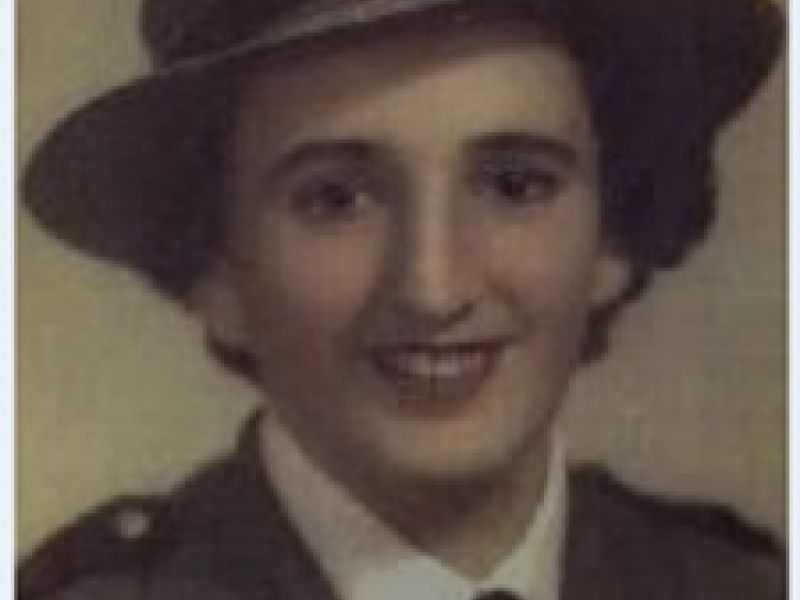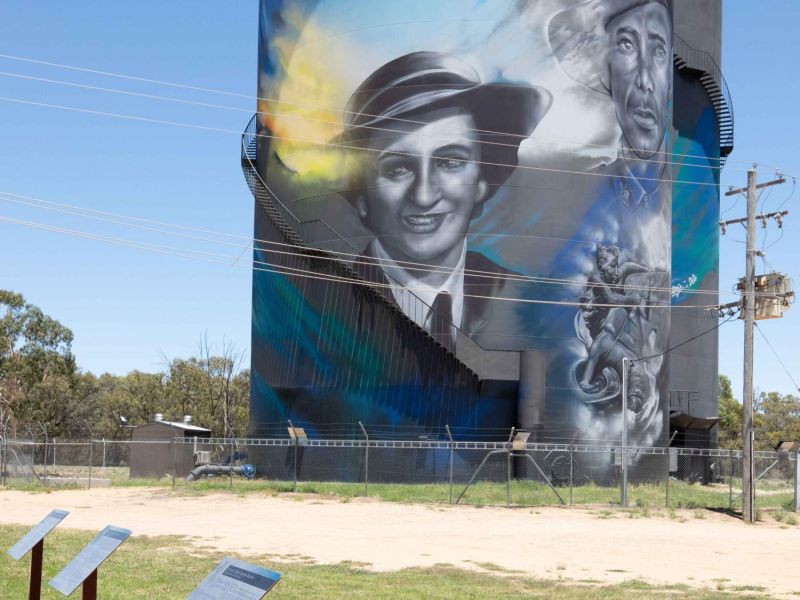Lieutenant Lorna Margaret Whyte, Australian Army Nursing Service
Lorna Whyte was born in Hay 19th April 1915, the youngest of eight children. She attended the Hay War Memorial High School before training as a nurse at the Corowa Hospital in NSW.
In 1941 she joined the Australian Army Nursing Service (AANS) and was one of six nurses chosen to go to the island of New Britain. Rabaul was the peacetime capital of this Australian Mandated Territory of New Guinea, having been captured from the Germans in 1914. Sadly, a few weeks before embarkation, Lorna returned to Hay to nurse her father in an illness that proved fatal.
Travelling aboard the Wahini with the 2/22nd Battalion AIF, which formed the bulk of Lark Force, the women arrived at Rabaul on the 25th April 1941 to spend the year at the 2/10th Australian General Hospital treating soldiers suffering from tropical diseases.
Following the bombing of Rabaul on the 4th January 1942 and almost daily thereafter, the Japanese began their ground invasion of Australian territory on the 23rd January 1942. The small Australian garrison, Lark Force, was overwhelmed and 1050 of its 1400 troops captured.
Fortunately for Lorna, the night before the invasion all the nurses and 80 patients were evacuated by ambulances and cars to the Vunapope Catholic Mission Station near Kopoka, joining with the missionaries there. When daylight came the nurses disbelievingly looked down over the harbour to witness the huge enemy invasion fleet of aircraft carriers, troopships and submarines. Japanese soldiers (1500) were landing around the beaches. Surrender was inevitable.
A Japanese military chief came to the mission to inform the woman they would be taken to the ‘land of full and plenty’. Six AANS and twelve civilian women boarded the Naruto Maru with seventy POW officers and spent eight days at sea before arriving at Yokohama, Japan.
The nurses were moved and imprisoned at the Yokohama Boat Club for the next eighteen months forced to knit silk bags and make envelopes. Food became so scarce that they would eat the glue for the envelopes. They later were moved and became slave labourers for the Japanese villagers, digging out stumps and sweeping snow while working barefoot, often times being too hungry to care.
The nurses survived three and a half years of captivity and after the war ended they were found by accident when General MacArthur’s troops were on their march into Tokyo. For many years nobody was aware that these women were still alive.
After a month in Manila being feed, rested and detoxed they returned to Australia on the 25th September 1945.

 Australian War Memorial
Australian War Memorial